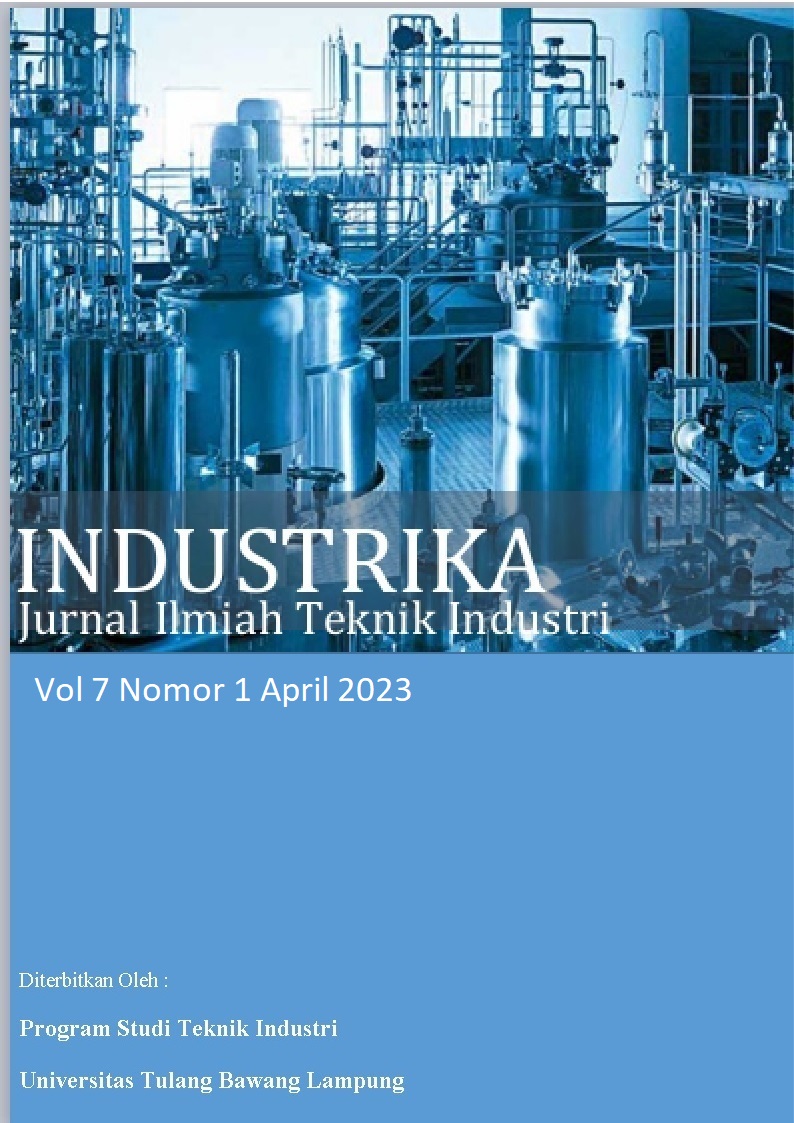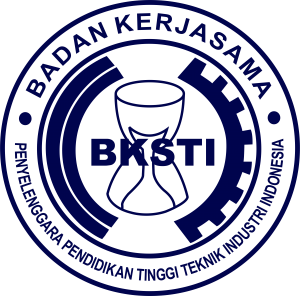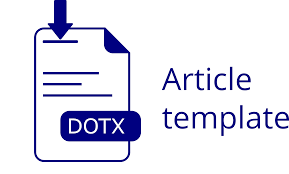Analisis Uji Usabilitas Pada Website Pendaftaran MBKM Prodi Teknik Industri
DOI:
https://doi.org/10.37090/indstrk.v7i1.790Abstract
The advancement of Industry 4.0 makes information progress very easy and fast to find, so work is finishing with the best quality standards. One of the ways in academics is the Freedom to Learn the Independent Campus (MBKM) program, which can allow students to study according to their wishes. The Industrial Engineering Study Program created the MBKM website to facilitate information and registration for the MBKM program. The results of the website require a usability assessment to measure the ease of using the website using the system usability scale method. The number of respondents used in this study was 47 people. The results found that the score achieved was 76.75 units, meaning that the website can be said to be easy to use and is included in category B of the system usability scale. These results also stated a percentile value of 77.95% of respondents stated that the website was easy to use. The results achieved made the MBKM website easy to understand using simple language. Keywords: Website, MBKM, Usability, System Usability ScaleDownloads
References
Arifin, R., 2022. Pengukuran Sistem Usabilitas Aplikasi E - Commerce Di Indonesia ( PT . X VS PT . Y ). (May).
Azwar, S., 1986. Validitas dan Reliabilitas. Jakarta: Rineka Cipta.
Bangor, A., Staff, T., Kortum, P., Miller, J. and Staff, T., 2009. Determining what individual SUS scores mean: adding an adjective rating scale. Journal of usability studies, 4(3), pp.114–123.
Benaida, M., Namoun, A. and Taleb, A., 2018. Evaluation of the impact of usability in Arabic university websites: Comparison between Saudi Arabia and the UK. International Journal of Advanced Computer Science and Applications, 9(8), pp.365–375. https://doi.org/10.14569/ijacsa.2018.090848.
Ghozali, I., 2009. Aplikasi Multivariate Dengan Program SPSS. Semarang: Badan Penerbit Universitas Diponegoro.
Kortum, P.T. and Bangor, A., 2013. Usability Ratings for Everyday Products Measured With the System Usability Scale. International Journal of Human-Computer Interaction, 29(2), pp.67–76. https://doi.org/10.1080/10447318.2012.681221.
Mujinga, M., Eloff, M.M. and Kroeze, J.H., 2018. System usability scale evaluation of online banking services: A South African study. South African Journal of Science, 114(3–4), pp.1–8. https://doi.org/10.17159/sajs.2018/20170065.
Pal, D. and Vanijja, V., 2020. Perceived usability evaluation of Microsoft Teams as an online learning platform during COVID-19 using system usability scale and technology acceptance model in India. Children and Youth Services Review, [online] 119(October), p.105535. https://doi.org/10.1016/j.childyouth.2020.105535.
Rasmila, R., 2018. Evaluasi Website Dengan Menggunakan System Usability Scale (SUS) Pada. Jurnal Sistem Informasi (Jusifo), [online] 4(1), pp.89–98. Available at: <https://eprints.binadarma.ac.id/id/eprint/13483>.
Sauro, J., 2011. Measuring Usability With The System Usability Scale (SUS). [online] Measuring U. Available at: <https://measuringu.com/sus/#:~:text=The System Usability Scale (SUS) was released into this world,Green-Screen”) applications.> [Accessed 9 June 2020].
Suyanto, S. and Ependi, U., 2019. Pengujian Usability dengan Teknik System Usability Scale pada Test Engine Try Out Sertifikasi. MATRIK : Jurnal Manajemen, Teknik Informatika dan Rekayasa Komputer, 19(1), pp.62–69. https://doi.org/10.30812/matrik.v19i1.503.
Zulganef, 2006. Pemodelan Persamaan Struktural & Aplikasinya Menggunakan Amos 5. Bandung: Pustaka.
Downloads
Published
Issue
Section
License

This work is licensed under a Creative Commons Attribution-ShareAlike 4.0 International License.









